
The Cathedral of Barcelona, also known as the Seu or the Cathedral of the Holy Cross and Saint Eulalia, stands as a magnificent testament to Catalan Gothic architecture, dating back to the 14th century. While often overshadowed by the iconic Sagrada Familia, this cathedral captivates visitors with its grandeur and intricate details, making it an essential stop on any tour of the city.
The Historical Background of the Cathedral
The site of the Cathedral of Barcelona has a rich religious history, with locations for various Christian temples dating back to the 4th century AD. A Romanesque church was consecrated here in 1058, serving as a precursor to the current Gothic structure. The construction of the Gothic cathedral itself commenced in 1298, reflecting the architectural styles prevalent at the time, but it was not completed until the early 20th century, making it a true labor of love over centuries.
The cathedral is not just a place of worship but also a historical chronicle of the city’s evolution. The architectural transitions mirror the artistic movements that swept through Europe, providing insights into the cultural and religious shifts that shaped Barcelona.
Key Attractions Within the Cathedral
Visitors to the Cathedral of Barcelona will find a variety of significant features that highlight its historical and architectural importance. Here are some of the main points of interest:
- Crypt of Saint Eulalia: This crypt houses the tomb of Saint Eulalia, a young martyr who was executed for her Christian faith in 304 AD. Her story is a poignant part of the cathedral’s narrative, making this site a place of reflection and reverence.
- Claustro: The spacious cloister, constructed between the 14th and 15th centuries, is a serene haven featuring a garden and the famous thirteen geese, symbolizing the age of Saint Eulalia at her martyrdom.
- Choir: The cathedral’s choir is a stunning assembly of intricately carved wooden benches, showcasing the artistic craftsmanship of the period and serving as a highlight within the interior.
- Terrace: Visitors can access the upper terrace via an elevator, offering a panoramic view of Barcelona’s skyline and the cathedral's soaring spires, although the vistas may not be the most spectacular compared to other city viewpoints.
- Chapel of the Holy Christ of Lepanto: This chapel holds a crucifix that has garnered deep reverence among the locals, reflecting the spiritual connection the residents have with this piece of art.
A Grand Temple of Worship
Despite the fame of the unfinished Sagrada Familia, the Cathedral of Barcelona stands out with its own unique beauty, dominating the city center with its striking Gothic façade. The cathedral not only serves as a religious hub but also as a monument to the architectural ingenuity of its time.
The intricate details of the facade, from the gargoyles that adorn its exterior to the stunning stained glass windows that cast colorful light within, create an atmosphere of awe that enchants both the faithful and tourists alike. Each corner of the cathedral tells a story, from its majestic towers reaching towards the heavens to the meticulously carved sculptures that narrate biblical tales.
Architectural Features and Style
As one of the finest examples of Catalan Gothic architecture, the Cathedral of Barcelona showcases a blend of styles that evolved over several centuries. Its design incorporates elements typical of Gothic architecture, such as:
- Pointed arches: These are a hallmark of the Gothic style, allowing for greater height and a more dramatic aesthetic.
- Flying buttresses: These external supports not only provide structural integrity but also enhance the visual complexity of the building.
- Stained glass windows: The vibrant colors of the glass depict various religious scenes, illuminating the interior with a spiritual glow.
- Intricate carvings: The facade and interiors are adorned with elaborate sculptures, depicting saints, biblical figures, and scenes of significance.
- Large nave: The spacious interior is designed to accommodate a significant congregation, reflecting the cathedral's role as a central place of worship.
Visiting the Cathedral
For those planning a visit to the Cathedral of Barcelona, several factors and tips can enhance the experience:
- Entry Fees: While there may be a general admission fee, certain days allow for free entry, particularly during specific hours. This can provide an excellent opportunity to explore without incurring costs.
- Mass Schedule: The cathedral hosts regular masses, which not only serve the local community but also allow visitors to experience the spiritual ambiance of the space.
- Guided Tours: Joining a guided tour can enrich the visit by providing historical context and insights into the various architectural features.
- Accessibility: The cathedral is equipped with facilities to accommodate visitors with mobility challenges, including elevators to access various levels.
For visual learners, this video provides a captivating overview of the Cathedral of Barcelona, showcasing its architectural beauty and historical significance:
Festivals and Events
The Cathedral of Barcelona is not only a place for daily worship; it also plays a central role in various religious festivals and cultural events throughout the year. Notable celebrations include:
- Feast of Saint Eulalia: Celebrated every February, this feast commemorates the martyrdom of the cathedral's namesake with a series of processions and cultural events.
- Holy Week: A significant period in the Christian calendar, where special masses, processions, and services take place.
- Christmas Services: The cathedral hosts various services and events during the Christmas season, attracting both locals and tourists.
Visiting the Cathedral of Barcelona offers not just a glimpse into Gothic architecture but a deeper understanding of the city’s cultural and religious heritage. Whether you are drawn by its history, architecture, or spiritual significance, the cathedral is a vital piece of Barcelona’s identity that continues to inspire and captivate all who enter its hallowed halls.
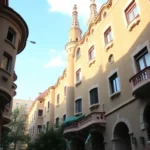 La Pedrera Casa Milá Architecture and History Insights
La Pedrera Casa Milá Architecture and History Insights Taxis in Barcelona: Your Guide to Convenient Transportation
Taxis in Barcelona: Your Guide to Convenient Transportation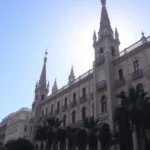 Exploring Barcelona: A Guide to the City's Highlights
Exploring Barcelona: A Guide to the City's Highlights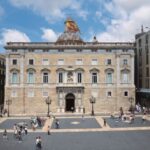 Explore Barcelona Cathedral and Plaça Sant Jaume
Explore Barcelona Cathedral and Plaça Sant Jaume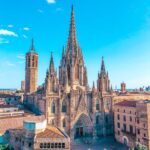 Cathedral of Barcelona: Gothic Quarter Landmark
Cathedral of Barcelona: Gothic Quarter LandmarkIf you want to know other articles similar to Barcelona Cathedral: A Guide to Its History and Architecture you can visit the category WHERE YOU CAN GO.
Deja una respuesta

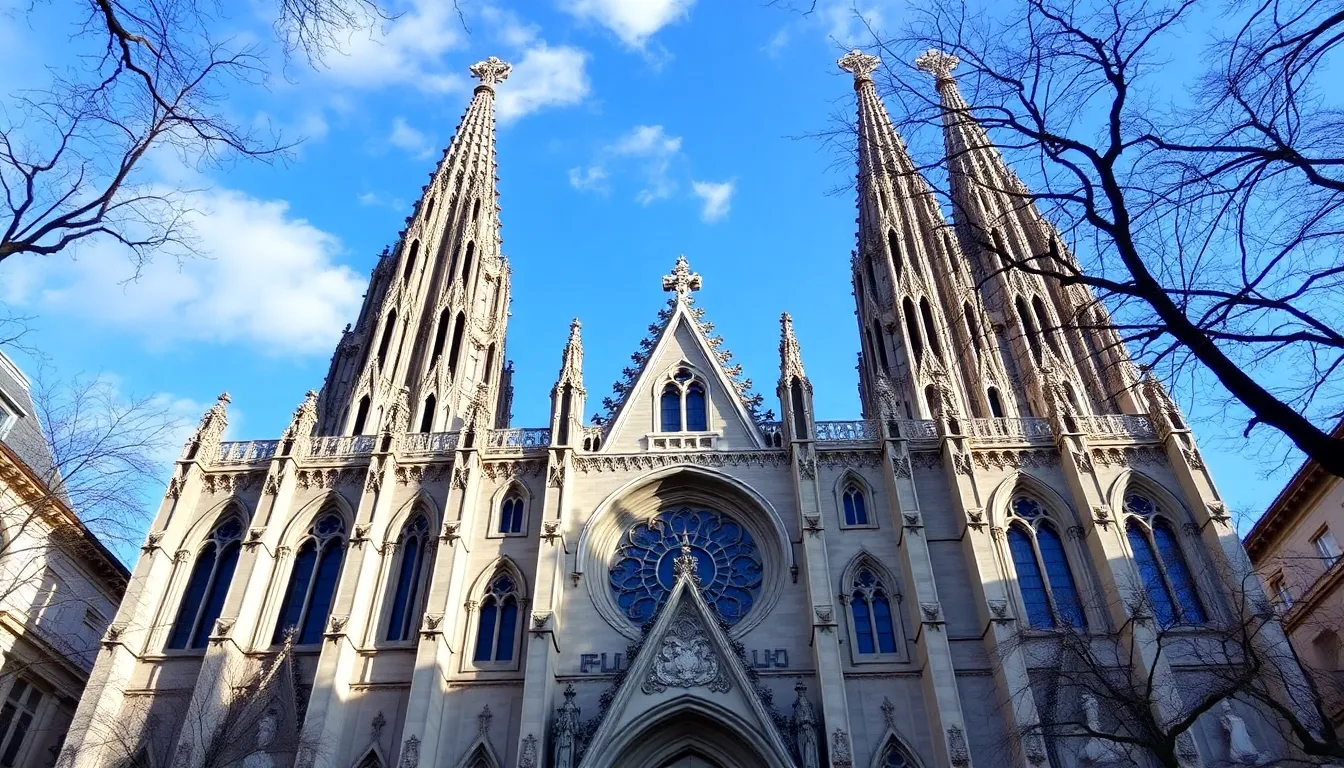







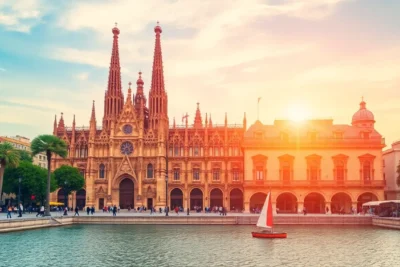
Read more!